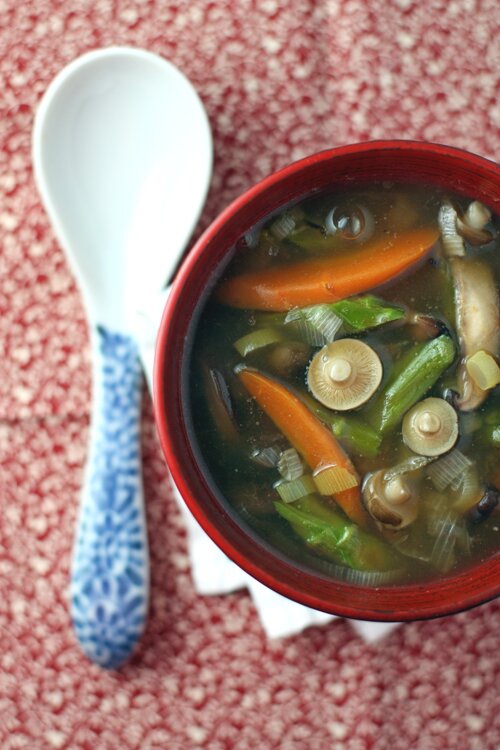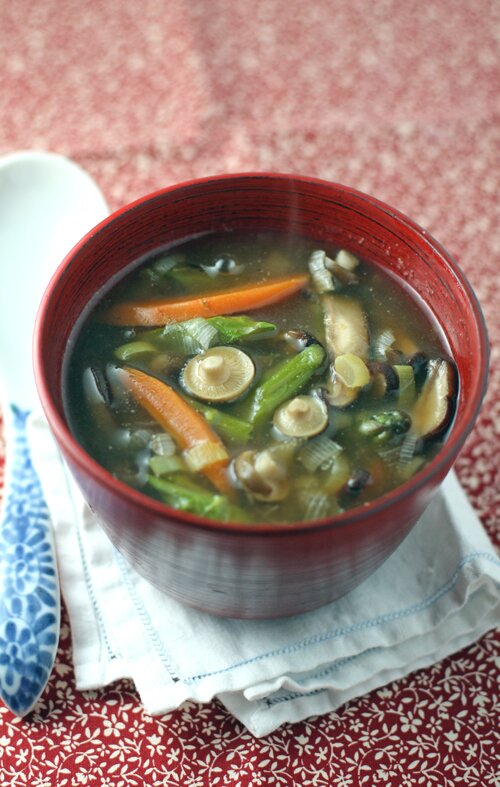
Lately I’ve been doing a lot more walking. For obvious reasons (read: inadequate balance due to my bulging belly) I have stopped riding my bicycle around Tokyo. So, aside from bumming rides from friends and utilizing public transportation, walking is the only other option. I don’t mind unless the weather is uncomfortably hot, as it is most days. (But I talk about weather a lot, so let’s not dwell on that.)
One of the pleasures of walking around our neighborhood on my way home from work is taking in the scenery surrounding various homes and hidden temples/shrines in the area. The meticulous manner by which the bushes are trimmed and the intentional way plants have been guided in their growth produce some of the most visually stunning scenes. I especially love it when I catch someone outside with what appear to be very long chopsticks doing what I assume is either plucking bugs off of their plants or perhaps removing dead leaves. Even though I don’t really know what it is they are doing, I love watching the process. Each move is carefully calculated and precise. I realize now how much I missed when I rode my bicycle. The chance to soak in the intricacies of life in our neighborhood whizzes by as the wind blows across my face and my feet pedal quickly home.
I have found the same to be true when I cook Japanese food. Cooking food that I am completely familiar with (i.e. non-Japanese food) is easy. The recipes are usually memorized or improvised quickly on the fly, the flurry of ingredients, bowls, pans and utensils whir past without a second thought. With Japanese cooking, however, I find myself paying closer attention to what I’m doing and why I’m doing it. Why am I soaking these Japanese sweet potato chunks in baking soda? Or adding saké and soy sauce to this stock? How about adding the ingredients in one particular order? Each step and ingredient in Japanese cooking is calculated and precise. Like a Japanese gardener, Japanese cooks know that good food comes with work, knowledge, and organization.
Today, in my attempt to cook through Elizabeth Andoh’s Washoku cookbook, I made Temple Garden Chowder. I found the entire process as calming and healing as walking through the gardens that surround Japanese temples. Each step, from making the dashi to preparing the vegetables made sense to me. And while the recipe was carefully organized in many ways, it allowed me to be somewhat creative (which is what I love about cooking in general) by adding any vegetables I had piled in my refrigerator.
The light dashi was flavored with a bit of saké and salt, combined with sliced carrots. With the dashi and carrots lightly simmering, I added mushrooms, asparagus, negi (Japanese leek) and satsumaiimo (Japanese sweet potato) that had been briefly pan-fried in a little sesame oil, soy sauce and mirin. The end result was a comforting, nutritious bowl of Temple Garden Chowder that healed our souls after a couple of really difficult days.
Making this soup was like taking a walk after rushing by in a fast car. Suddenly everything was clearer, a little easier to understand, and more fulfilling.







